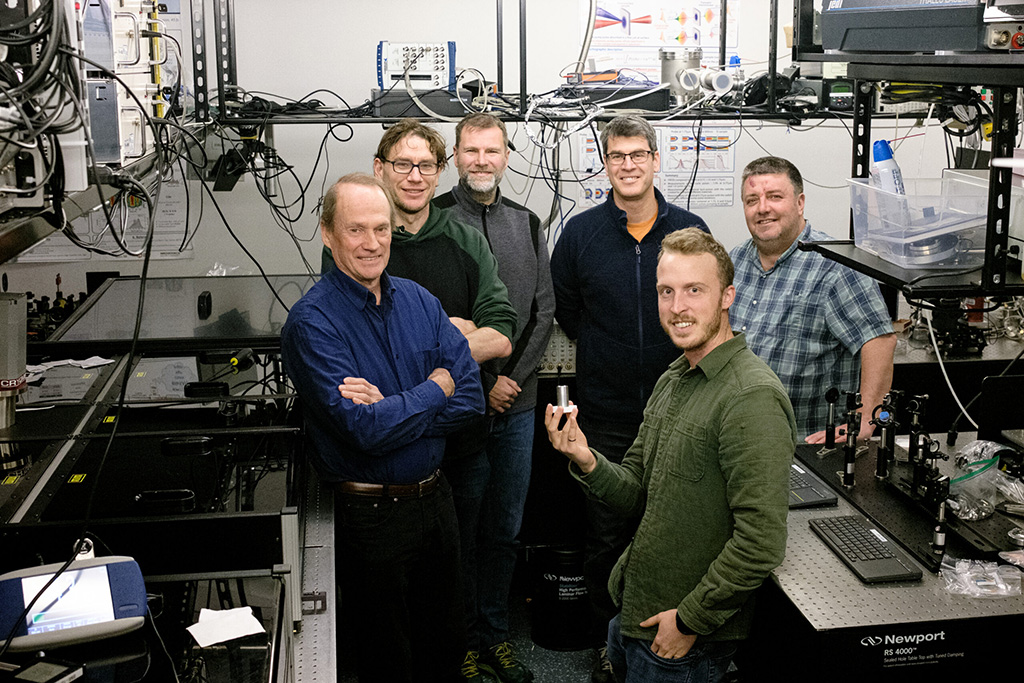Ultrafast Laser Technology to Improve Cancer Treatment
Posted on 19 Dec 2023
Ultrafast laser technology continues to reveal its potential, especially in the field of healthcare. While the study of high-power laser pulses might seem theoretical, it often translates into practical applications, such as in cancer treatment. This was highlighted in a recent study that challenges some long-held beliefs in the scientific community about the capabilities of these lasers.
Traditionally, it was understood that focusing a high-intensity laser pulse in ambient air would create plasma at the focus point, generating electrons with a maximum energy of a few keV (kiloelectronvolts). However, surpassing this energy level in ambient air was considered unfeasible due to physical constraints. A research team at the Institut national de recherche scientifique (INRS, Québec City, Canada) has now shown that electrons accelerated in ambient air can achieve energies in the MeV (megaelectronvolts) range, approximately 1000 times higher than previously thought possible.

This significant advancement paves the way for major developments in medical physics. A notable application is in FLASH radiotherapy, an innovative method for treating tumors that are unresponsive to standard radiation therapy. FLASH radiotherapy delivers high doses of radiation extremely quickly (microseconds instead of minutes), better safeguarding the surrounding healthy tissue. The precise mechanism behind the FLASH effect, which seems to involve a swift deoxygenation of healthy tissues thereby reducing their sensitivity to radiation, is still not fully understood. The implications of this discovery are twofold. Firstly, it highlights the need for increased caution when handling tightly focused laser beams in ambient air. Secondly, measurements taken near the source revealed an electron radiation dose rate three to four times higher than what is used in conventional radiation therapy.
“No study has been able to explain the nature of the FLASH effect. However, the electron sources used in FLASH radiotherapy have similar characteristics to the one we produced by focusing our laser strongly in ambient air,” said Simon Vallières, postdoctoral researcher and first author of the study. “Once the radiation source is better controlled, further research will allow us to investigate what causes the FLASH effect and to, ultimately, offer better radiation treatments to cancer patients.”
Related Links:
INRS




 Guided Devices.jpg)









